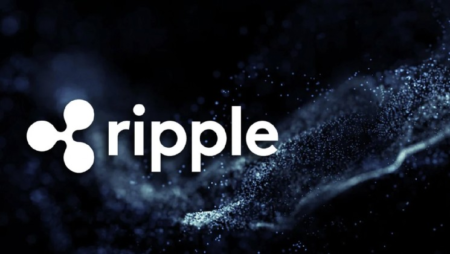- Vitalik Buterin proposes the first block in the preparation of Ethereum L2 rollup Taiko Mainnet.
- Ethereum co-founder expresses his support for the project.
Ethereum co-founder Vitalik Buterin proposed the first block of the L2 rollup projectTaiko, boosting its preparation for the mainnet launch. Buterin highlighted Taiko’s based-rollup approach as a diverse approach.
In the block, he left a message:
“I’m excited to see that Taiko is launching as a based rollup. Ethereum benefits from L2s taking a plurality of different approaches, and I appreciate them being among the first to go in this direction.”
Established in 2022, Taiko deploys based rollups to enhance scalability by negating additional consensus mechanisms and reducing Ethereum’s network congestion. These rollups leverage Ethereum’s core infrastructure for transaction sequencing. In doing so, they simplify and secure the blockchain reducing complexities.
Vitalik Buterin’s Support for Taiko
Taiko mainnet uses Zero-Knowledge Proofs (ZKPs) to improve scalability. The project mainly focuses on EVM-equivalence at the operational code level. It works to improve compatibility between smart contracts, decentralized apps (Dapps), and the overall Ethereum infrastructure. It accomplishes this by using ZK proofs to work on areas of drawback within the Ethereum Network.
In January, Buterin’s reply to Taiko founder Daniel Wang on X — distinguishing rollups from Validiums — instigated a debate about L2 chain definitions. Buterin stated that the rollup’s important feature is its security guarantee. According to the Ethereum co-founder, this is possible only if the rollup’s data availability (DA) systems are independent of the external systems.
Incidentally, Taiko uses Ethereum’s validators to sequence transactions, as it inculcates based rollups. It focuses on scalability and aims to improve speed by using type 1 ZK-rollups. These rollups aim to improve speed by not altering the Ethereum system and using the same hash function, transaction tree, state tree, and all other transaction methods.
Read the full article here









